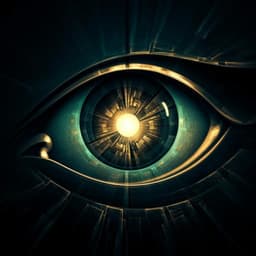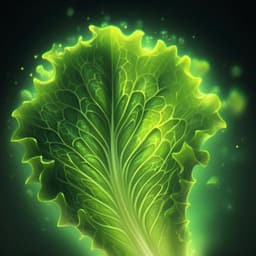
Medicine and Health
UltraSound-induced reorientation for multi-angle optical coherence tomography
M. K. Løvmo, S. Deng, et al.
Discover how ULTIMA-OCT, developed by Mia Kvåle Løvmo and colleagues, overcomes the challenges posed by optically dense specimens in optical coherence tomography. This innovative method utilizes ultrasound-induced reorientation for enhanced 3D imaging, even in the most challenging biological samples like zebrafish larvae. Dive into a new era of imaging technology!
~3 min • Beginner • English
Related Publications
Explore these studies to deepen your understanding of the subject.







